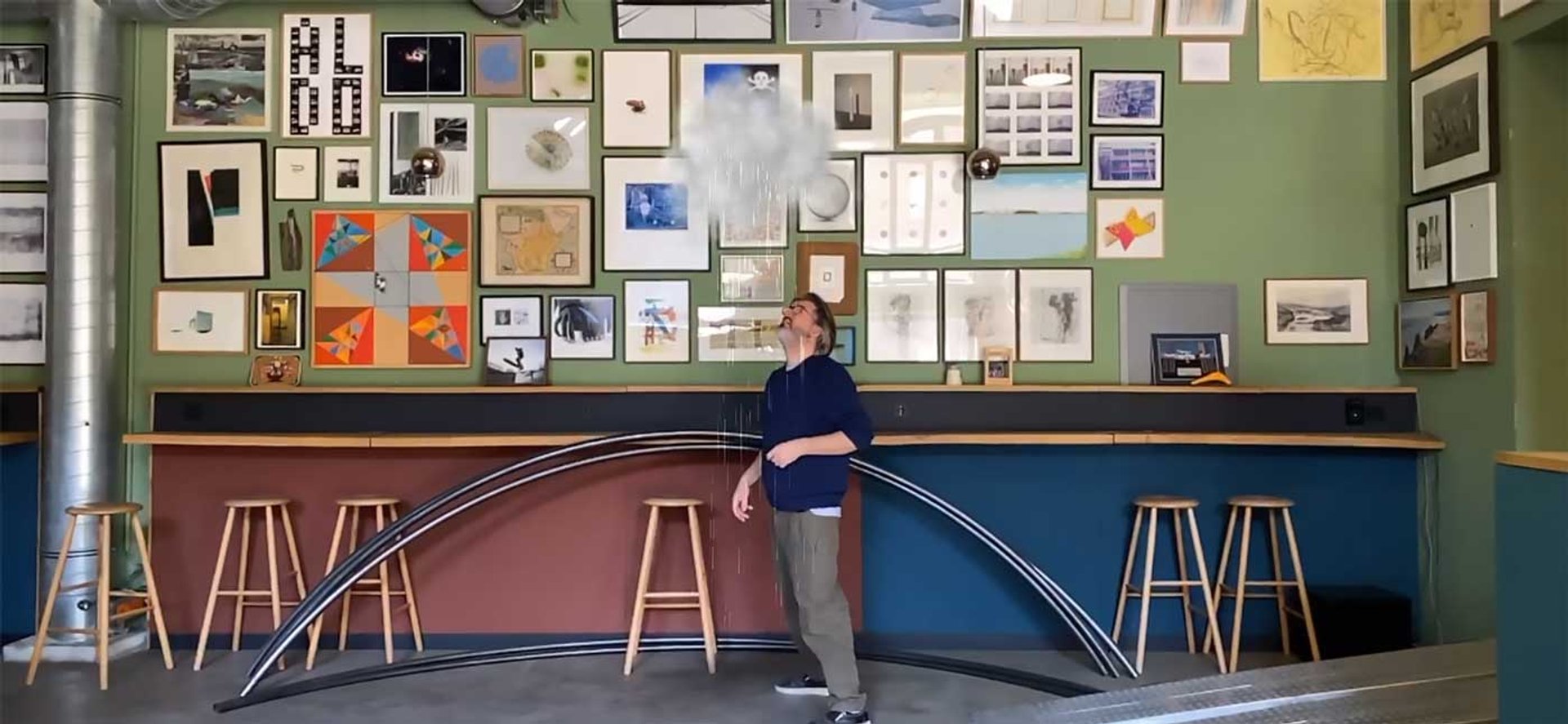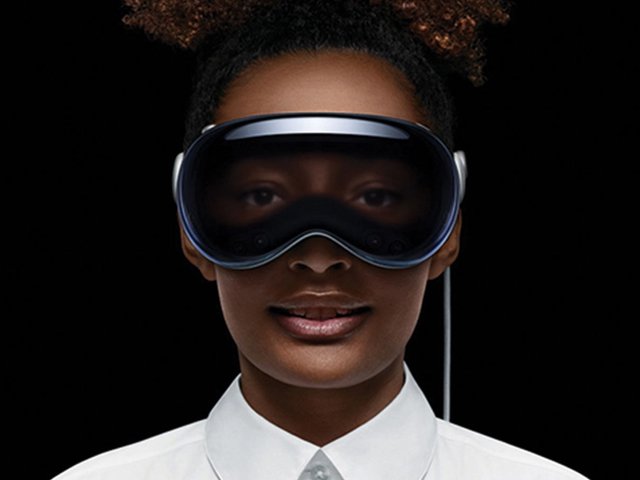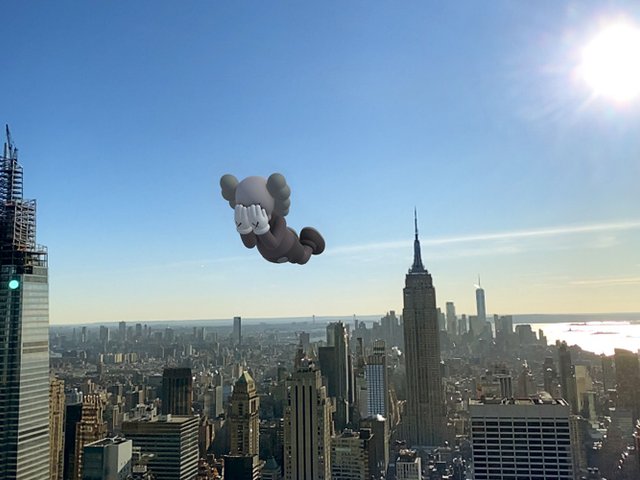When Facebook spent $3bn (not the $2bn first reported) in April 2014 to buy Oculus Rift, a crowdfunded maker of virtual reality headsets, the tech world sat up. So too did the art, entertainment, sport and scientific sectors. It was the symbolic launch date for a new generation of extended reality (XR) experiences, on a spectrum ranging from 360-degree video, to computer-generated interactive virtual reality experiences in three dimensions (VR), to augmented reality (AR), where the user views a 3D object in a real environment through a phone or headset.
For artists and curators the new XR wave offered a fresh level of choice. Whether to share art in real life or in XR, and whether to experience art in person or through XR, with the promise of an extra degree of digital intimacy and connection. With the restrictions enforced by the Covid-19 pandemic, that choice in favour of XR has come to feel more urgent, providing the route to a new relationship—immersive and interactive—with audiences, and with the promise of a new business model.
Art galleries, fairs and tech-savvy artists have responded to social isolation with an outpouring of viewing rooms, virtual tours and AR experiences. US museums that have put out AR experiences in response to the pandemic include the Metropolitan Museum of Art; Timken Museum of Art, San Diego; Yale University Art Museum; and Kemper Museum of Contemporary Art, Kansas City. Museums around the world that have invested time and money in creating 3D models of their collections – including the Smithsonian Institution in Washington DC, the Victoria and Albert Museum in London, and the Musée D'Orsay in Paris – now find themselves able to deliver their artefacts in three dimensions to homebound audiences via web viewers or augmented reality apps.
An 1851 Exhibition medal, one of 22 3D models of pieces from the Victoria & Albert Museum's collection available on the 3D model platform Sketchfab Victoria & Albert Museum
Galleries such as Modern Art Oxford have been able to put out shows in virtual reality by embedding into their websites an immersive three-dimensional model of an exhibition captured, in a matter of minutes, using the whole-room capture camera technology of Matterport, market leaders in this sphere since 2015.
Augmented reality has recently been used to recreate the viewer's experience of the last completed work of the late master wrapper Christo. In a collaboration between the Serpentine Gallery and the Acute Art app, planned before the artist's death, visitors to Hyde Park, in London, will be able to view, through their smartphones a digital revisualisation in its original location of Christo’s gigantic floating sculpture The London Mastaba made from more than 7,500 horizontally stacked barrels in 2018.
Established XR film festivals such as Kaleidoscope have gone entirely virtual during the pandemic to create Cannes XR Virtual – in conjunction with Tribeca, Marché du Film, The Museum of Other Realities and Veer VR – and offered bursaries and prizes to XR artists who have been cut off from media fairs and conferences by the pandemic.
In another initiative open to makers of XR experiences, Frédérique Jousset, collector and publisher of the French art magazine Beaux Arts and the online daily the Quotidien de l’Art , has announced three prizes, of €80,000, €50,000 and €20,000 respectively, – to reward European cultural institutions for the best cultural communication addressing the disabled, the socially excluded, or young people – the first annual awards from a €6m foundation that Jousset has set up called Art Explora. The awards will be run in conjunction with the Académie de Beaux Arts, and the judges, appointed half by Art Explora and half by the Académie de Beaux Arts, will include Anna Somers Cocks, journalist and founder of The Art Newspaper.
With this impressive level of activity, it has been hard to keep track. The art world needs a guide to how to consume, and to use, XR technology. This month The Art Newspaper launches, in its Art & Technology section, reviews of XR apps and experiences, conducted by a guest panel of experts: to analyse what is out there, how good it is, and what it offers to artists—and what it promises to the wider art world in new distribution models and fresh ways of attracting (online) visitors and buyers.

Olafur Eliasson engages with the cloud experience in his AR app Wunderkammer Studio Olafur Eliasson/Acute Art
The panel is reviewing the latest in AR apps—starting with Wunderkammer, the work of the Danish-Icelandic artist Olafur Eliasson on the Acute Art smartphone app with embodied suns or rain clouds brought into your home via a smartphone app and camera—and will consider viewing rooms and virtual reality apps from industry leaders such as Hauser & Wirth. The review panel will not forget the tools available to those who make art natively in XR—the latest generation of smartphone-based scanning tools and next-level gaming software which promises a new level of visual acuity.
Our panel of experts has experience, dating back over the six years of the XR new wave, in creating VR art; in 360 video storytelling and teaching immersive journalism; and in academia and app development. They are looking out for those apps and experiences that offer the best user experience but also, critically, those that use VR and AR for their medium-specific qualities—qualities that are not available in real life or in flat video, rather than as an image-conscious gimmick. And they will be checking out just how useful, and attractive, are the platforms being touted to artists as a way to get their work out there in a virtual gallery experience.
If we think of reality this way, inseparably digital and physical and governed by personal choices, we exist as more integrated people, self-aware to the way the world is changing…Gretchen Andrew, internet artist
The challenge is great, but our expert panel will be looking to help artists and curators engage with it fruitfully. And the medium is here to stay. The tech giants are heavily invested. Facebook with Oculus headsets and social VR; Microsoft with PlayStation VR and its HoloLens AR headset; Google with YouTube 360, next-generation phones, and a recent investment in AR glasses; and Apple with its own unannounced but long-awaited AR glasses.
Art in XR raises again the question of whether the medium can be real and digital at the same time. One of our panellists, the internet artist Gretchen Andrew, addressed this issue when she created an interactive art show opening in virtual reality in February 2015. What she said then seems pertinent to this day: “Whatever our engagement with the digital, the body still remains the mode of experience. A virtual roller coaster can still make your heart race. The physical body is still the temple from which our ideas and interpretation occur. If we think of reality this way, inseparably digital and physical and governed by personal choices, we exist as more integrated people, self-aware to the way the world is changing… This is my body, no longer broken into real and digital.”
• For the Art Newspaper XR Panel’s review of Wunderkammer, an augmented reality app from Olafur Eliasson and Acute Art, click here




